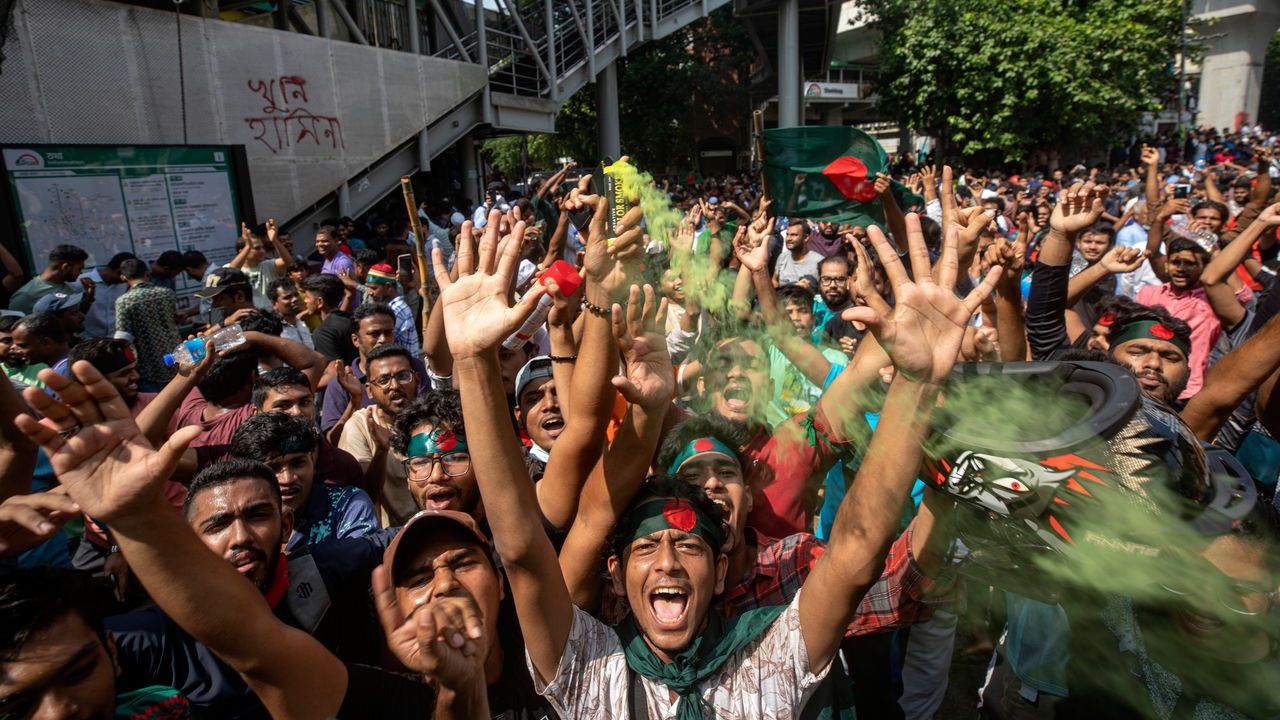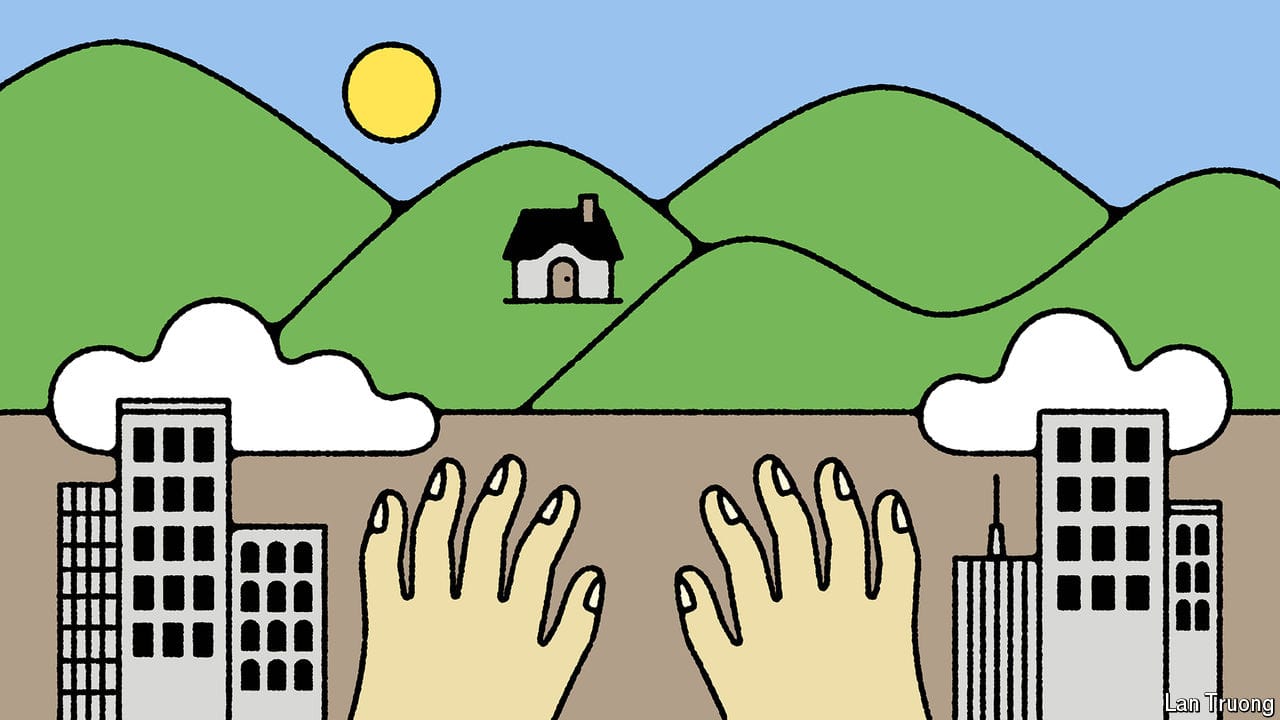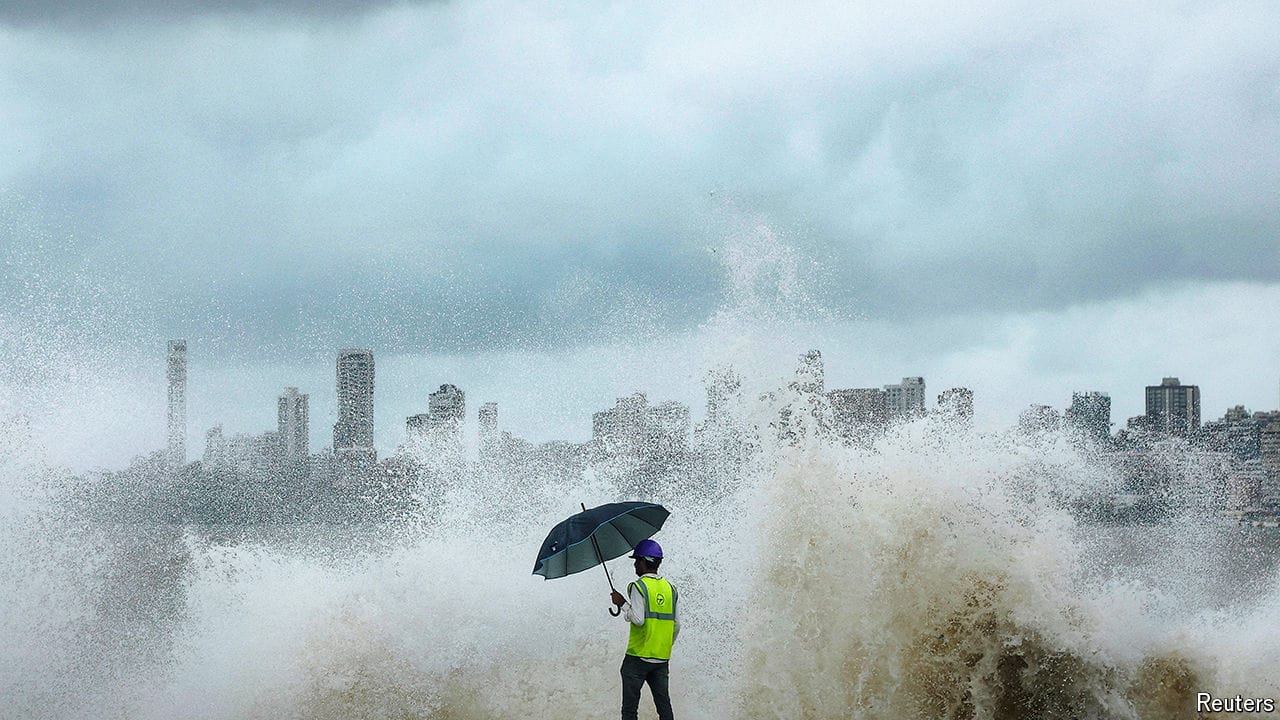Bangladesh’s dictator flees—leaving behind a dangerous vacuum
The army tries to restore order after Sheikh Hasina, the country’s “iron lady”, escapes

ON THE AFTERNOON of August 5th, televisions in Bangladesh broadcast images of a helicopter rising from the residence of Sheikh Hasina, the country’s prime minister until minutes before. The chopper was carrying her and her sister “to safety”. Shortly afterwards images appeared of gleeful protesters entering the prime minister’s residence, lounging in her bed and making off with pets and furniture. Others were filmed dancing in the streets of Dhaka. In an address to the nation, General Waker-uz-Zaman, the army chief, confirmed that Sheikh Hasina had resigned and said he would form an interim government. One of the world’s wiliest autocrats, and its longest-serving female head of government, she had been summarily dispatched by angry citizens. “She is a blood-sucker, a monster for us, for the young people,” said a protester. “She destroyed Bangladesh.”
Explore more
More from Asia

America remains Asia’s military-exercise partner of choice
A new report shows just how far China is falling behind

How Asia’s wild west shakes up the modern world
James C. Scott, an anthropologist, shed light on an ungovernable region

Indian cities are utterly unprepared for what is about to hit them
The urban population is set to double by 2050
America recreates a warfighting command in Japan
The threat from China hastens the biggest military transformation in the Pacific in decades
Taiwan is beefing up its military exercises to counter China
The island’s new defence minister wants more practice and less performance
Sheikh Hasina faces her biggest crisis in years
Bangladesh’s prime minister shuts down the country